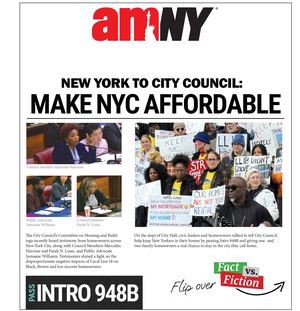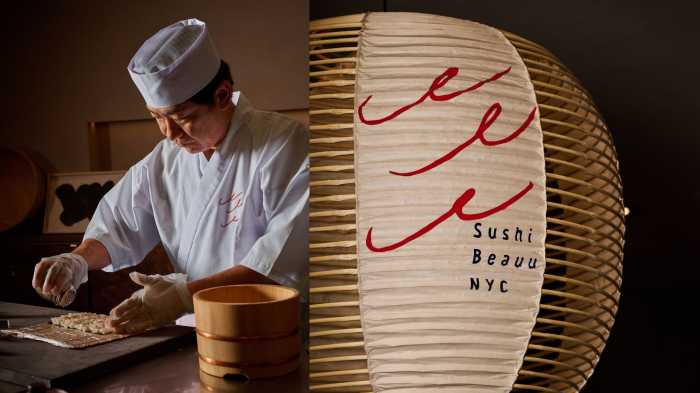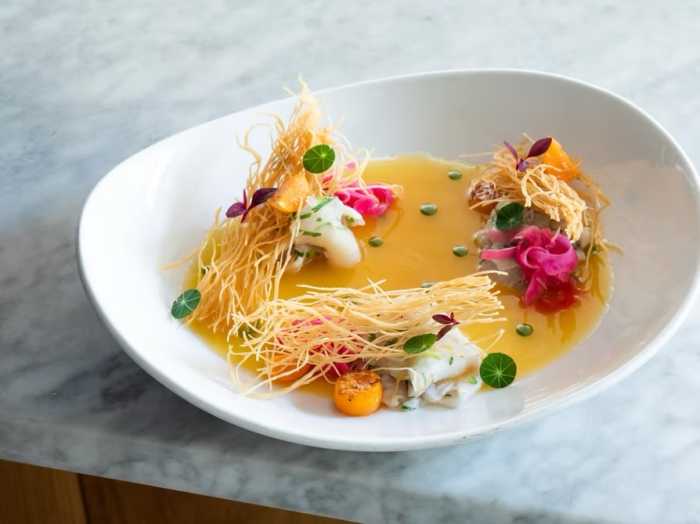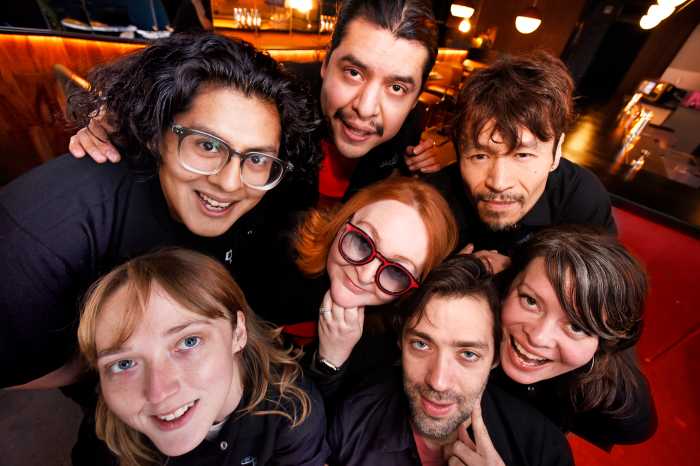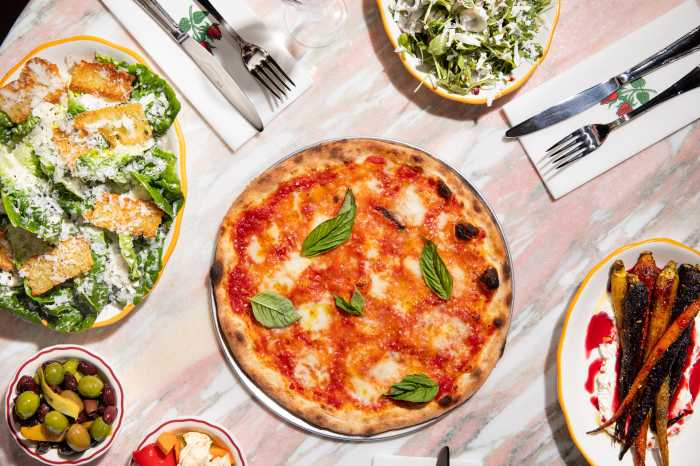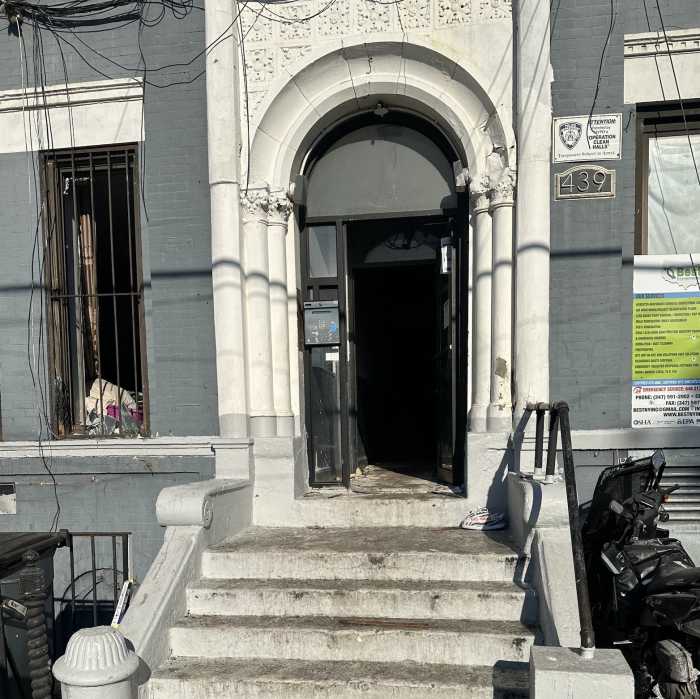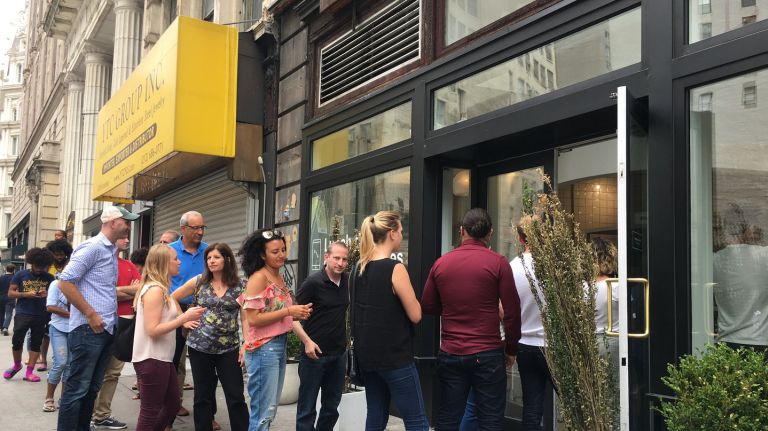
When Matthew Morton and Conrad Sandelman were planning a second location of their NoLIta matcha bar Cha Cha Matcha, they wanted to target young, creative types working in Manhattan. They only considered one neighborhood: NoMad.
“It has the density of midtown but without the corporate feel of midtown,” Sandelman said. Or midtown’s “stuffy vibe,” added Morton.
After a six-month search, they found a space at the corner of 27th Street and Broadway and opened their new storefront at the end of July.
Cha Cha Matcha is just the latest eatery drawn to the neighborhood, which has quickly become a hub for one fast-growing food trend. Healthy fast-casual restaurants — with locally sourced ingredients on their menus and most often a clean, modern, Instagram-friendly design (think neon lights or custom murals) — have been on the rise in New York City in recent years.
And their nexus is Broadway, between 30th to 24th streets, where NoMad and the Flatiron district collide.
Walk along Broadway or its side streets, and you’ll find names synonymous with the fast-casual trend in a neat row, from the first New York City outpost of Sweetgreen (which now has 17 locations and counting in the city) to Dig Inn (13 and counting) to growing chains such as The Little Beet, Dr Smood and Mulberry & Vine. There’s not one but two matcha cafes (Cha Cha Matcha and Chalait), a build-your-own-bowl concept (Inday), D.C. import &pizza’s first NYC outpost, an elevated Sweetgreen type (Verde) and the healthy-leaning Latin Beet Kitchen.
Fine dining has jumped in, too. Will Guidara and chef Daniel Humm of Eleven Madison Park opened their own fast-casual take, Made Nice, in April, around the corner from their other expensive Manhattan restaurant, The NoMad. The eatery’s menu features salads ranging in price from $11 to $15 (cheaper than most of the appetizers on The NoMad’s menu, but the ingredients are sourced by the same food distributors), and it’s helmed by Eleven Madison Park alum Danny DiStefano.
“We’ve always wanted to reach more people and have a more accessible version of ourselves that could be part of people’s lives every day,” said Made Nice general manager Kirk Kelewae.
Running a fast-casual restaurant, compared to a sit-down establishment, can have its own advantages, too, especially in an expensive city like New York.
“It’s kind of the way the industry is moving, because the other costs [such as rent and labor] are going up,” said Kevin Dugan, NYC regional director of the New York State Restaurant Association. “Fast-casual is one of those fast-growing sectors where people are figuring out you can provide quality food, but you can cut your costs down as well. You don’t need as much staff. You don’t need necessarily the big, industrial-size kitchen. … You can mitigate some of the more costly factors of owning a restaurant.”
There’s also an appeal to landlords. A “real quality food establishment” at the base of a building can improve the quality of office tenants upstairs and increase the value on office leases, said Sean Moran, a director at Cushman & Wakefield’s Retail Services Group.
In the NoMad/Flatiron area, Sweetgreen helped pave the way for the prevalent fast-casual scene, he said.
“Other groups have flocked there,” Moran said. “It’s brand-right, and once you get it right in that submarket, you’re able to expand into the denser, central business district populations of midtown and downtown.”
Of course, a fast-casual restaurant wouldn’t survive if there wasn’t a busy clientele nearby. And the neighborhood’s “robust commercial population,” from tech to co-working spaces, as well as its growing residential population and fitness scene have also contributed to the restaurant influx, said Jennifer Brown, executive director of the Flatiron/23rd Street Partnership.
“I think all of that is working together to create this need for fast-casual, healthy food options,” she said. “There’s a ton of people here on a daily basis.”
Though vacancy rates are very low in the area, Brown said, there could be more opportunity in the neighborhood for the trend to continue.
“There’s not a lack of demand,” she said. “There’s still a line out the door at Sweetgreen, even though there are so many other places that are open now.”
Indeed, at noon on a recent Monday, the line at Sweetgreen was 30 people deep, with the tail end on the sidewalk. Fifteen minutes later a block away at Dig Inn, the line was 40 people deep and trailed down the block.
Rum Mundhra, an accountant who works around the corner from Dig Inn, said she takes out lunch three to four times a week, rotating options about every two weeks.
“There are so many new places, and there are so many options I like,” she said. “Flavor, quality, healthy — everything.”
Restaurants welcome the competition, too.
“One of the things that makes the neighborhood so ripe for restaurants like ours — or Sweetgreen or the new matcha place or Dig Inn or Little Beet — is we have a population that’s here every day that wants good food and wants to eat well,” Kelewae said, “but they’re also really busy.”
With Nicole Levy
